- All Flags
- Flags of Countries by Continent
-
Flags of Organizations
- Flags of UN countries
- Flags of the European Union countries
- Flags of NATO countries
- Flags of the countries of the Organization of Islamic Cooperation
- Flags of the countries of the Organization of American States
- Flags of the Arab League countries
- Flags of the African Union countries
- Flags of the countries of the Union of South American Nations
- Flags of the Commonwealth of Nations
- Flags of the countries of the Secretariat of the Pacific Community
- Flags of the Nordic Council countries
- Flags of the Caribbean Community
- Flags of the countries of the Association of Southeast Asian Nations
- Flags of the East African Community
- Flags of the countries of the Organization of Turkic States
- LGBT Community Flags
- Historical Flags
- Ethnic Flags
- Flags of the USA (states)
Flag of Malta
The national flag of Malta is a unique and historically rich symbol, embodying centuries of resilience, unwavering faith, and enduring national identity. Its strikingly simple yet profound design features two vertical halves: white on the hoist side and red on the fly side. The defining characteristic of the Maltese flag is the George Cross, edged ..
Flag of Mauritania
The national flag of the Islamic Republic of Mauritania is a profound symbol of the nation's identity, its deeply rooted Islamic heritage, and its aspiration for a prosperous future. Adopted on August 15, 2017, following a constitutional referendum, the current flag is an evolution of its predecessor, adding two red stripes to the original green fi..
Flag of Mauritius
The national flag of the Republic of Mauritius is a vibrant and deeply symbolic emblem, encapsulating the island nation's journey from colonial rule to a thriving independent state. Adopted on March 12, 1968, the day Mauritius gained independence from the United Kingdom, the flag's design is a powerful visual narrative of its history, diverse popul..
Flag of Mexico
The national flag of Mexico is a powerful and iconic symbol, deeply embedded in the nation's history, culture, and identity. Its design is a vibrant triptych of color and an intricate emblem that tells a foundational story of the Mexican people. Far more than just a piece of cloth, the flag is a living representation of sovereignty, independence, a..
Flag of Moldova
The national flag of Moldova is a potent emblem that powerfully articulates the nation's aspirations for independence, its rich historical tapestry, and its deep-rooted cultural identity. A vertical tricolor of blue (hoist), yellow (middle), and red (fly), it prominently features the coat of arms of Moldova (an eagle holding a cross in its beak and..
Flag of Monaco
The national flag of Monaco is a striking and elegant emblem, embodying the rich and ancient history of the Principality, its enduring sovereignty, and the deep pride of its people. With its simple yet powerful design, featuring two horizontal stripes of equal width – red on top and white on the bottom – the flag encapsulates centuries of tradition..
Flag of Mongolia
The national flag of Mongolia is a powerful and iconic symbol that beautifully encapsulates the nation's rich history, profound cultural heritage, and enduring aspirations. Its design, steeped in tradition and symbolism, reflects the unique identity of this vast landlocked country, famed for its nomadic culture, expansive steppes, and the majestic ..
Flag of Montenegro
The national flag of Montenegro stands as a powerful emblem of the nation's rich history, enduring spirit, and deep-seated aspirations for independence. Adopted on July 12, 2004, and officially reinstated after the declaration of independence in 2006, it features a striking design: a red field bordered by a narrow golden-yellow stripe, with the mag..
Flag of Morocco
The national flag of the Kingdom of Morocco is a profoundly iconic and historically rich emblem, embodying centuries of Moroccan sovereignty, deep-rooted Islamic traditions, and the enduring spirit of its people. Its striking simplicity – a vibrant red field adorned with a prominent green pentagram – belies a complex tapestry of meaning..
Flag of Mozambique
The national flag of the Republic of Mozambique is a truly unique and potent symbol, instantly recognizable for its distinctive design featuring an AK-47 assault rifle, a hoe, and an open book. Adopted on May 1, 1983, it is one of the few national flags in the world to depict a modern firearm, making it a powerful testament to Mozambique's arduous ..
Flag of Myanmar
The national flag of Myanmar (formerly Burma) is a vibrant and modern symbol that embodies the nation's aspirations for unity, peace, and prosperity. Adopted in 2010, it replaced an older design, marking a significant transition in the country's political landscape and its vision for a new era. This flag tells a story of a diverse nation striving f..
Flag of Namibia
The national flag of the Republic of Namibia is a visually striking and deeply meaningful emblem, serving as a powerful testament to the nation's arduous struggle for independence, its rich natural resources, and its profound aspirations for peace, unity, and prosperity. Adopted on March 21, 1990, the very day Namibia gained full independence from ..
Flag of Nauru
The flag of Nauru is a symbol of a nation's unique geography, its journey to independence, and the elements that define its history and identity. Adopted on January 31, 1968, the day the island nation gained independence, the flag's design is both simple and profoundly meaningful, telling a story of location, heritage, and the promise of a future. ..
Flag of Nepal
The national flag of Nepal is a truly unique and deeply symbolic emblem, standing apart from every other national flag in the world due to its distinctive non-quadrilateral shape. Far more than just a piece of national insignia, it embodies the nation's profound history, its enduring independence, and the aspirations of its people, all set against ..
Flag of Nicaragua
The national flag of Nicaragua is a powerful and elegant symbol that tells a profound story of a nation’s history, geography, and aspirations. Its design, rooted in the legacy of the United Provinces of Central America, speaks of unity, peace, and the enduring natural beauty of the country. Adopted on August 27, 1908, the flag's detailed symb..
Flag of Niger
The national flag of the Republic of Niger is a vibrant and deeply symbolic emblem that encapsulates the nation's unique geography, its cultural heritage, and its aspirations for a harmonious and prosperous future. Adopted on November 23, 1959, just a year before Niger gained full independence from France on August 3, 1960, its design was meticulou..
Flag of Nigeria
The national flag of the Federal Republic of Nigeria is a striking and powerful symbol of the nation's independence, its agricultural wealth, and its aspirations for peace. Adopted on October 1, 1960, the day Nigeria gained full independence from British rule, its design is a testament to the vision of a young nation embarking on a journey of self-..
Flag of North Korea
The national flag of the Democratic People's Republic of Korea (DPRK), commonly known as North Korea, is a highly symbolic emblem that reflects the nation's political ideology, historical trajectory, and its guiding principles. Adopted in the tumultuous aftermath of World War II and the Korean War, the flag is a potent representation of Juche, the ..
Flag of North Macedonia
The national flag of North Macedonia is a powerful and instantly recognizable symbol, embodying the nation's aspirations for a bright future while honoring its deep historical roots. Dominated by a vibrant yellow sun with eight broadening rays extending to the edges on a red field, it encapsulates the country's unique identity, its journey towards ..
Flag of Norway
The national flag of Norway is a powerful and instantly recognizable symbol, embodying centuries of Norwegian history, national identity, and the profound values of freedom and independence that are deeply woven into the fabric of the nation. Its distinctive design, featuring a blue Nordic cross fimbriated in white on a red field, is not just aesth..
Flag of Oman
The national flag of the Sultanate of Oman is a powerful symbol of its rich history, distinct identity, and vision for the future. It gracefully combines traditional Arab colors with unique elements that tell the story of a nation that has navigated centuries of maritime power, cultural depth, and remarkable modernization. More than just a national..
Flag of Pakistan
The national flag of Pakistan is a profound symbol of the nation's founding principles, its rich Islamic heritage, and the aspiration for unity and progress among its diverse population. Known affectionately as the "Subz Hilali Parcham" (Green Crescent Flag), it was officially adopted on the eve of Pakistan's independence, representing a new dawn f..
Flag of Palau
The flag of Palau is a remarkable example of a national symbol that is both elegantly simple and profoundly meaningful. Its design, with a single golden-yellow circle on a light blue field, eschews complexity in favor of powerful and deeply resonant symbolism rooted in the nation's culture and its journey to independence. Adopted on January 1, 1981..
Flag of Panama
The national flag of Panama is more than just a symbol; it is a profound representation of the nation's history, political unity, and foundational values. Its design, with its simple yet powerful geometric layout and a carefully chosen color palette, tells a story of a country born out of a desire for sovereignty and independence. The flag stands a..
Flag of Papua New Guinea
The flag of Papua New Guinea is a striking and powerful symbol of the nation's unique identity, rich cultural heritage, and its journey to independence. Adopted on July 1, 1971, the flag's design is a testament to the creativity of its people, as it was the winning entry in a nationwide competition. Design and Symbolism The flag is divided diagon..








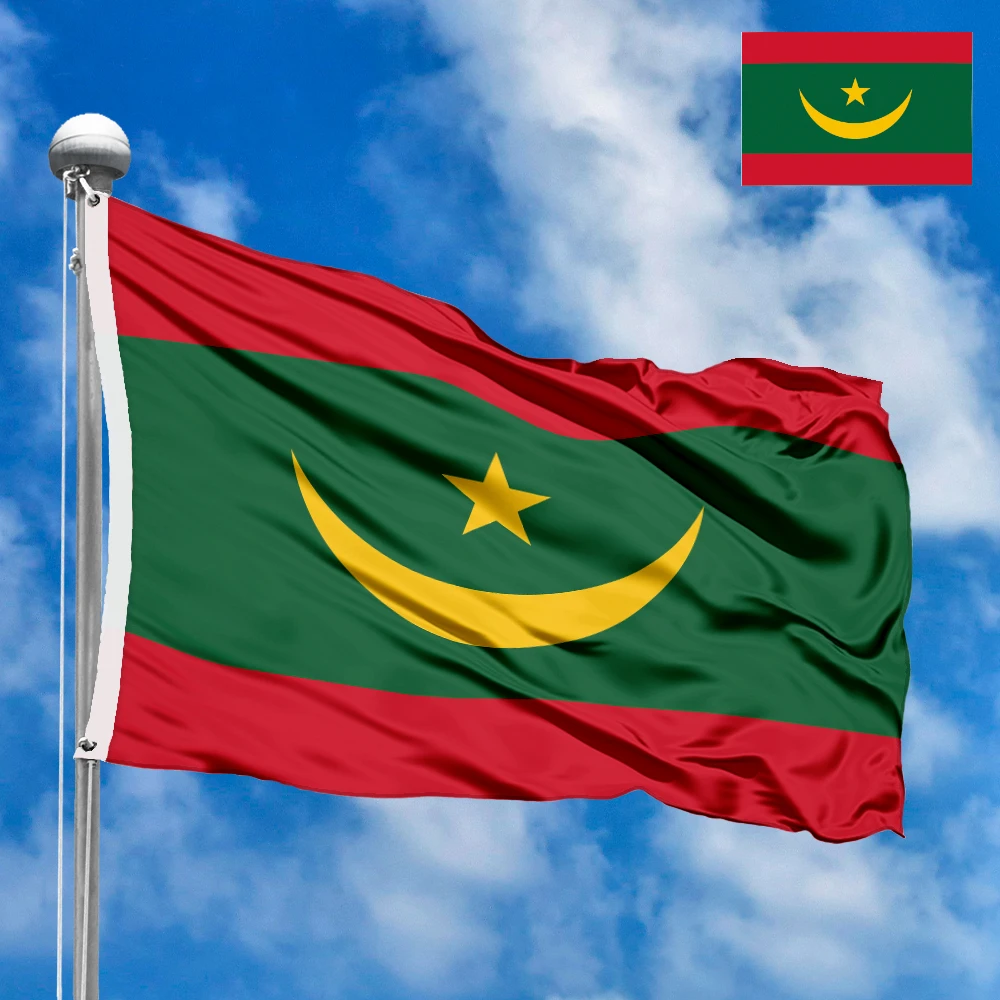



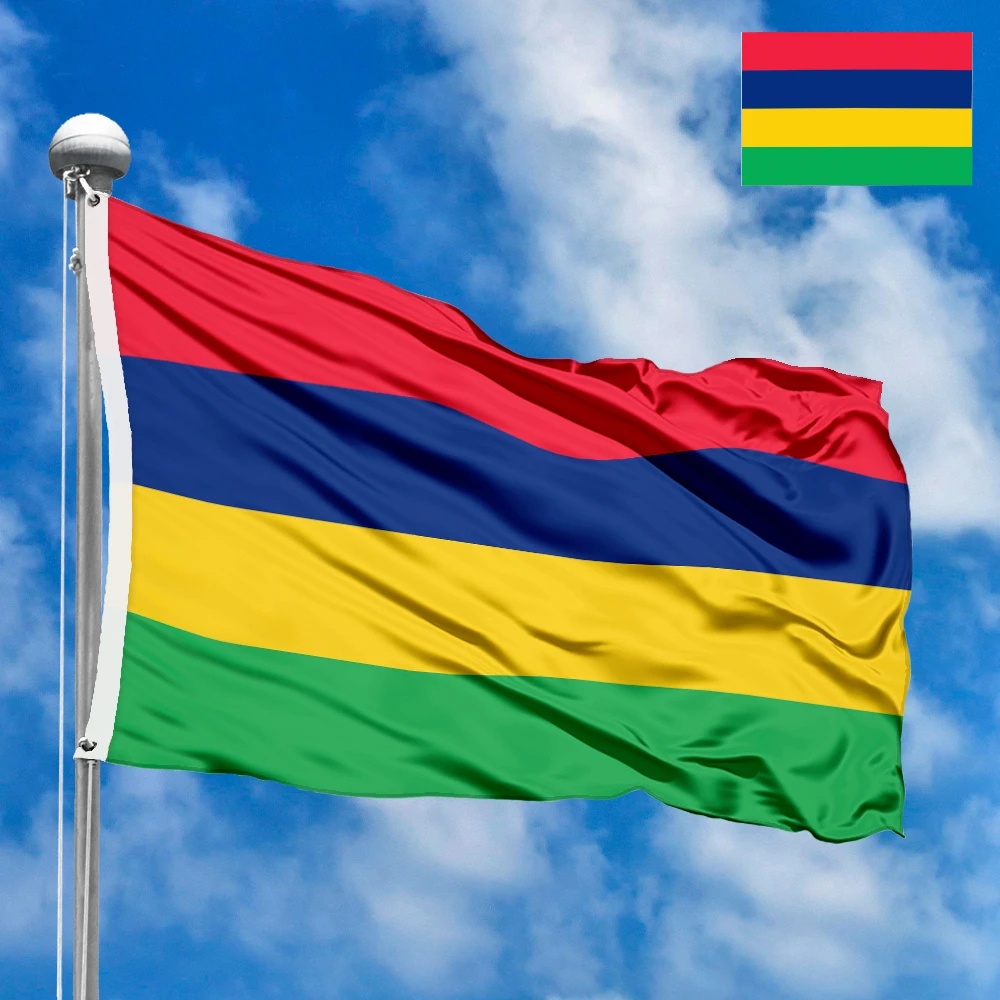



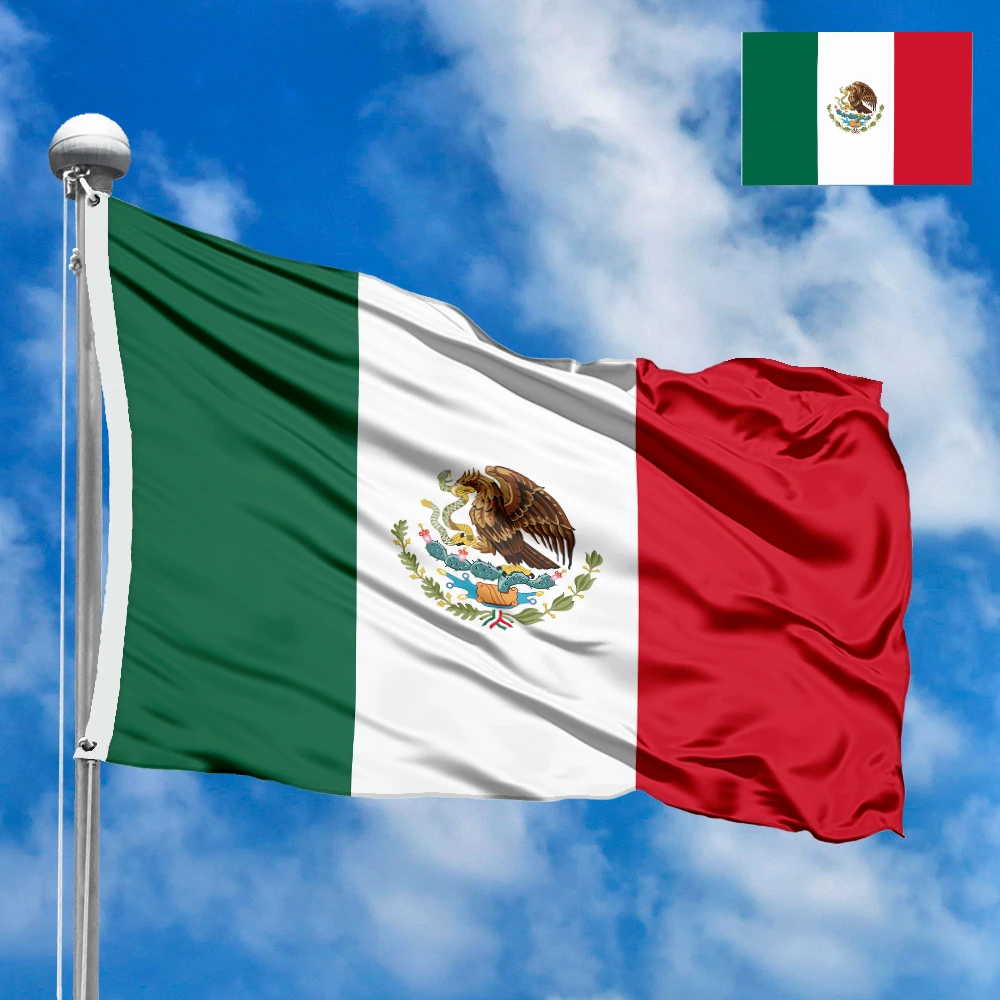







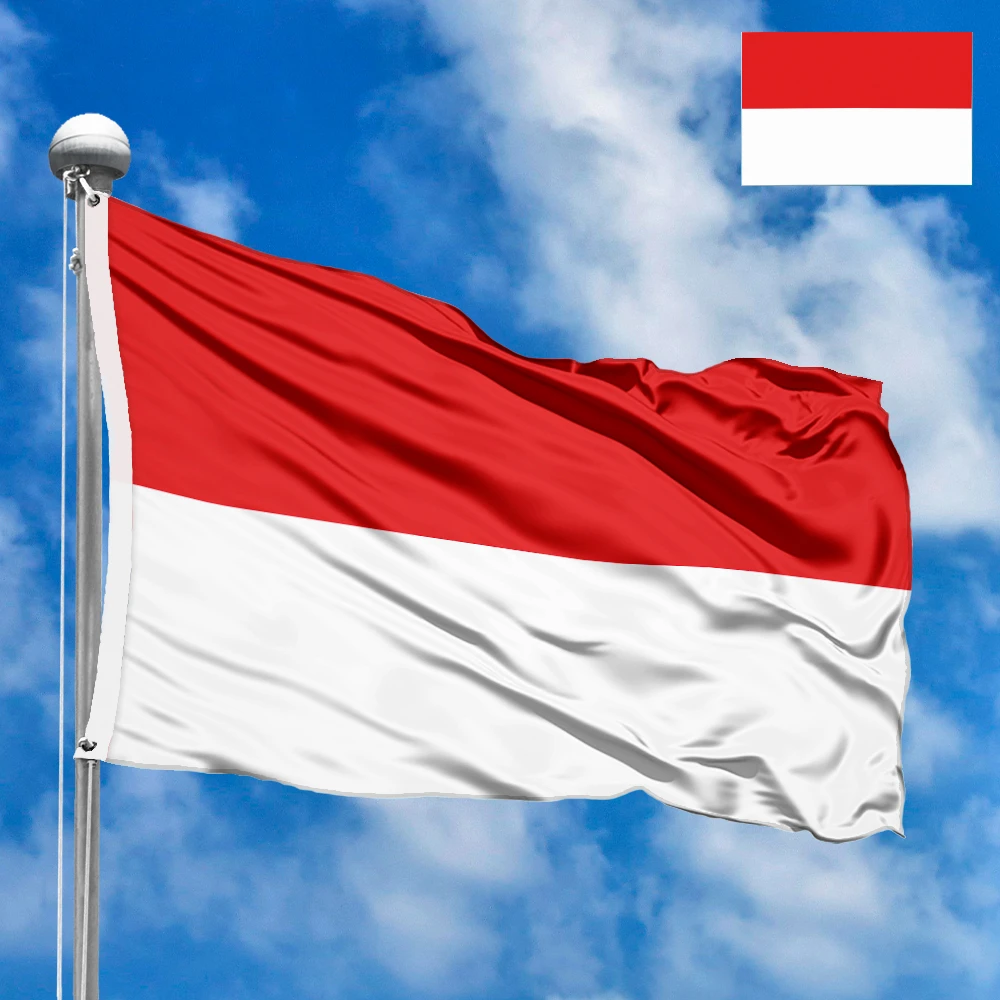















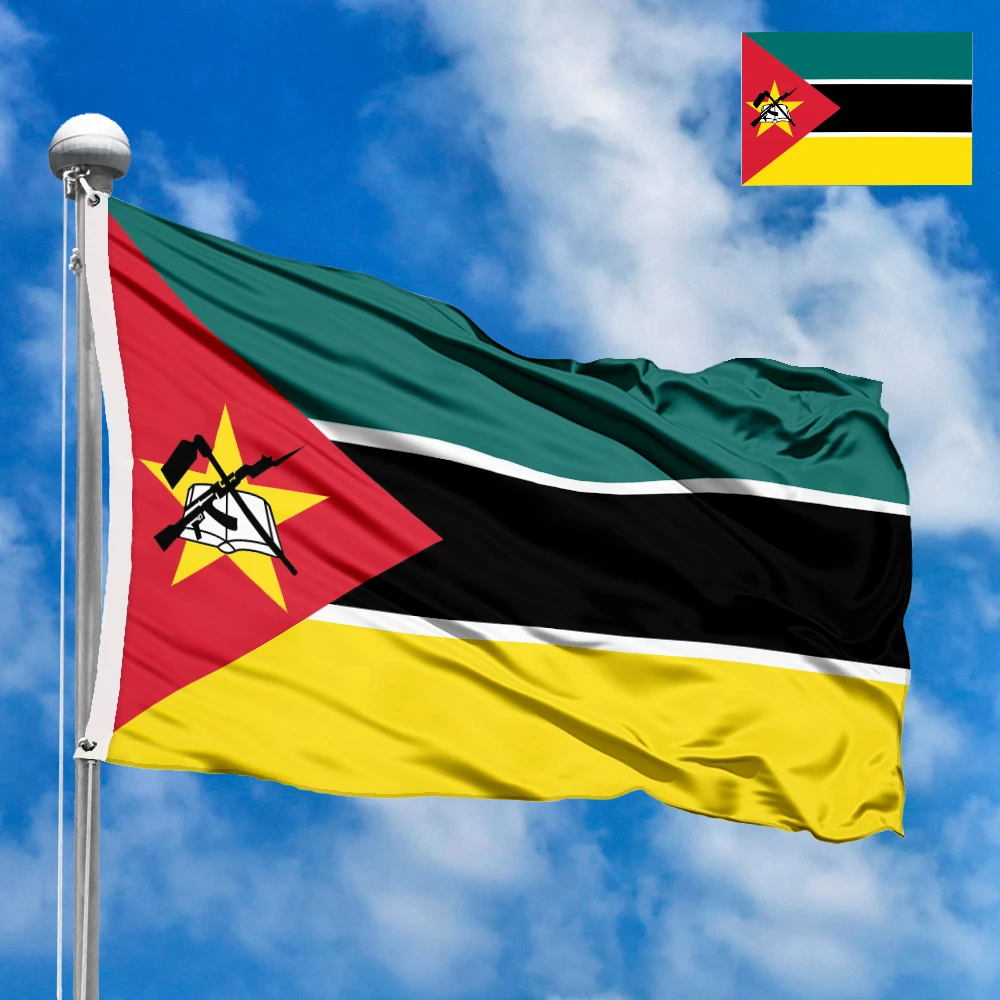



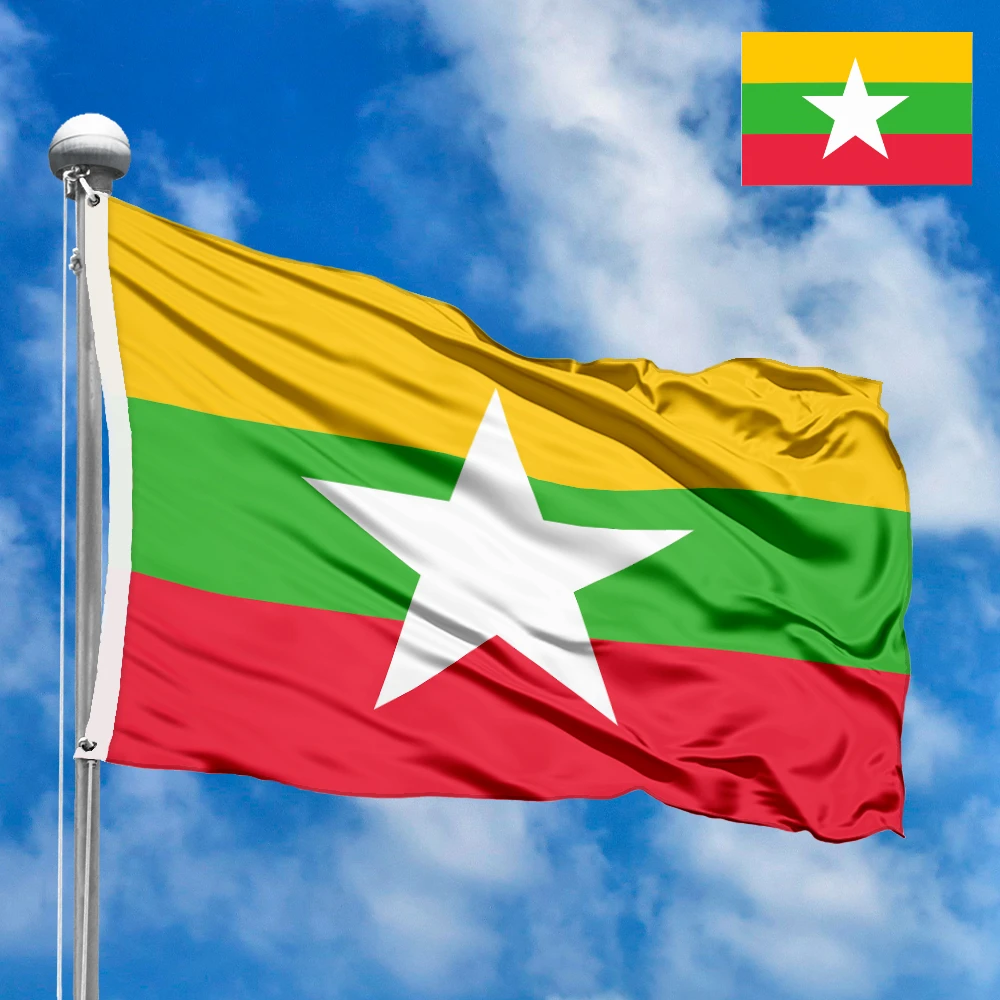



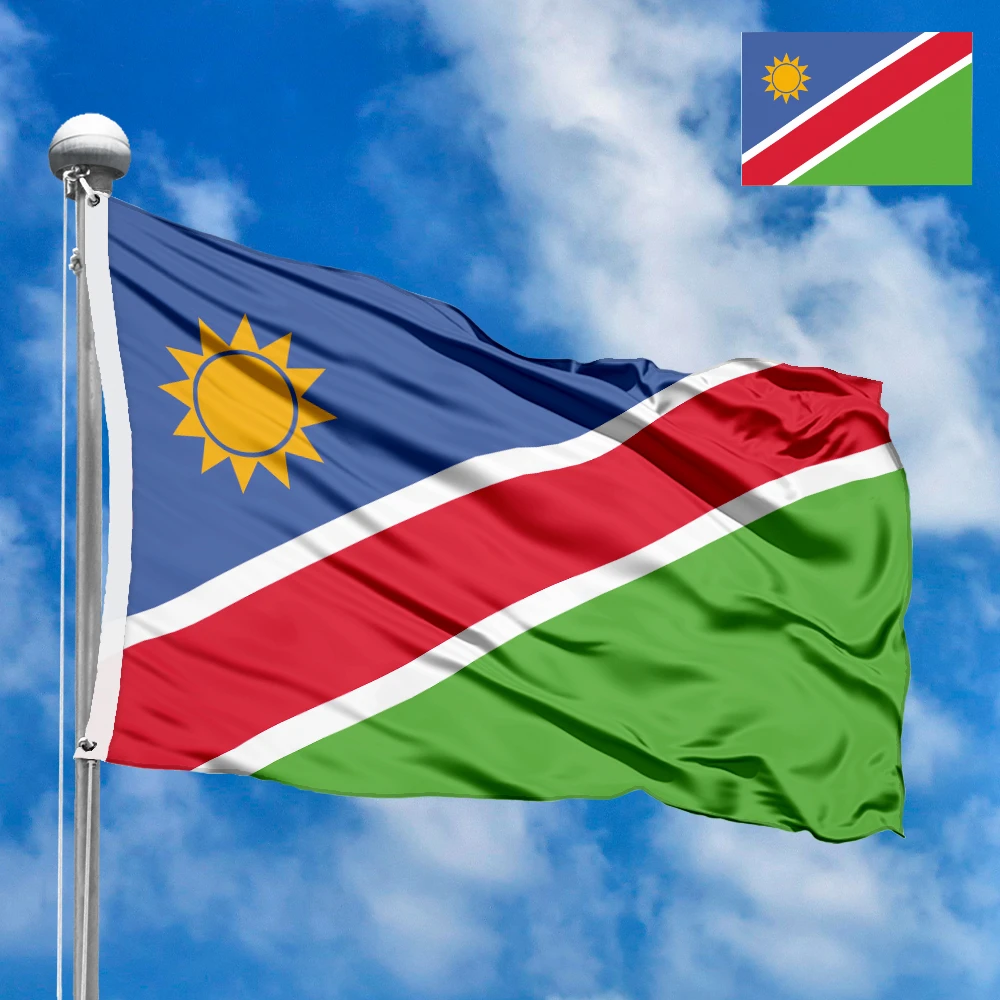












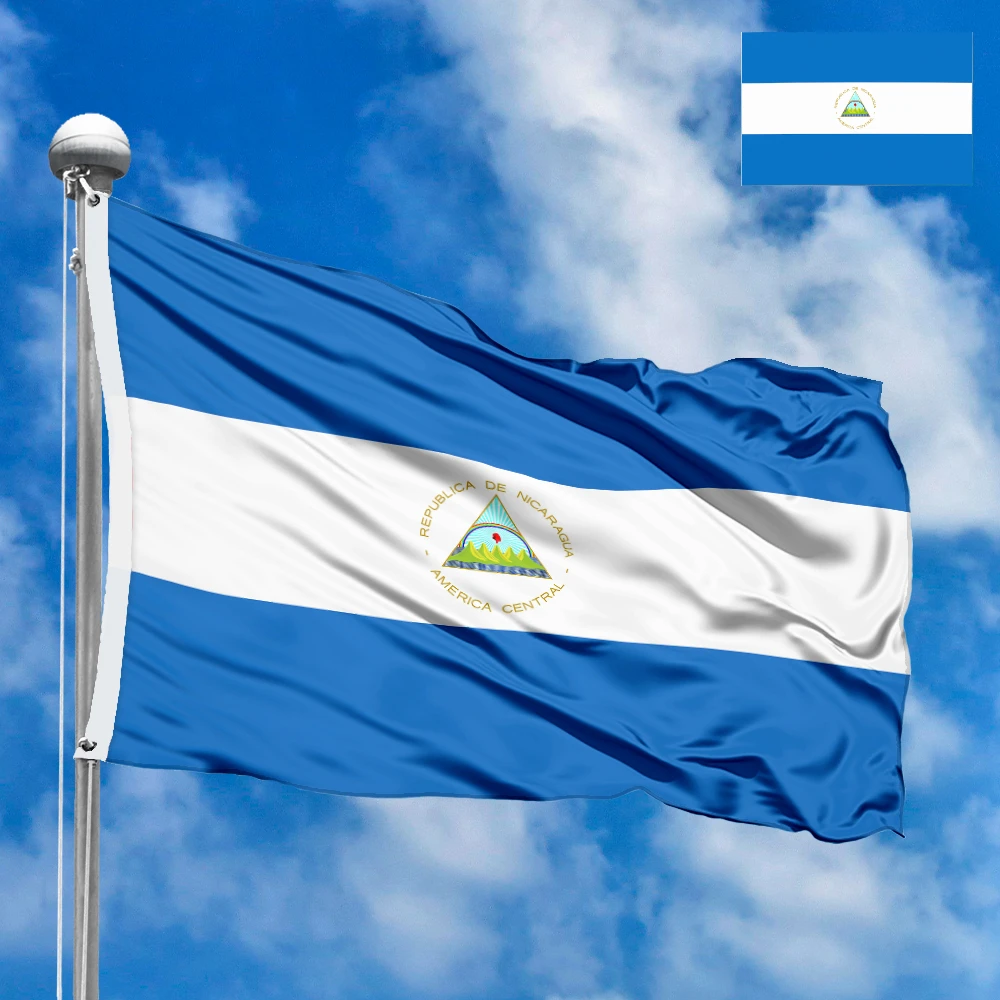



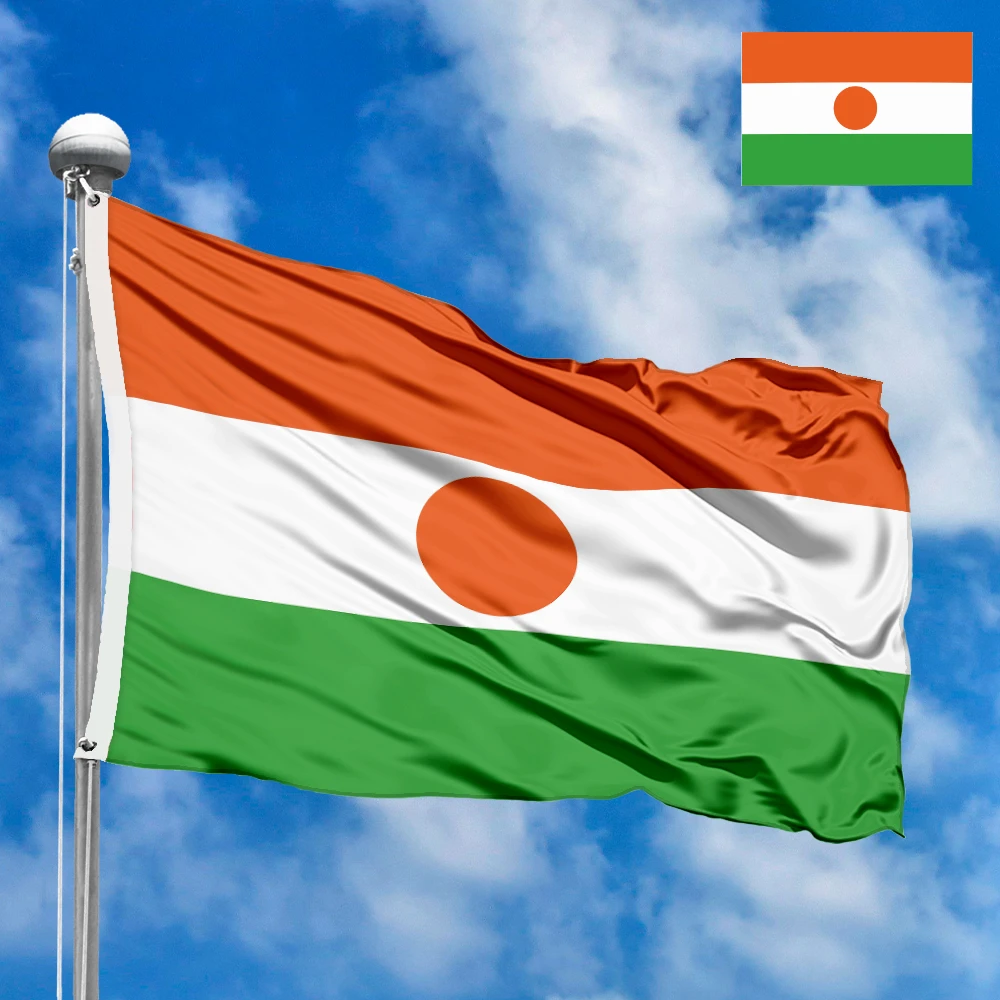



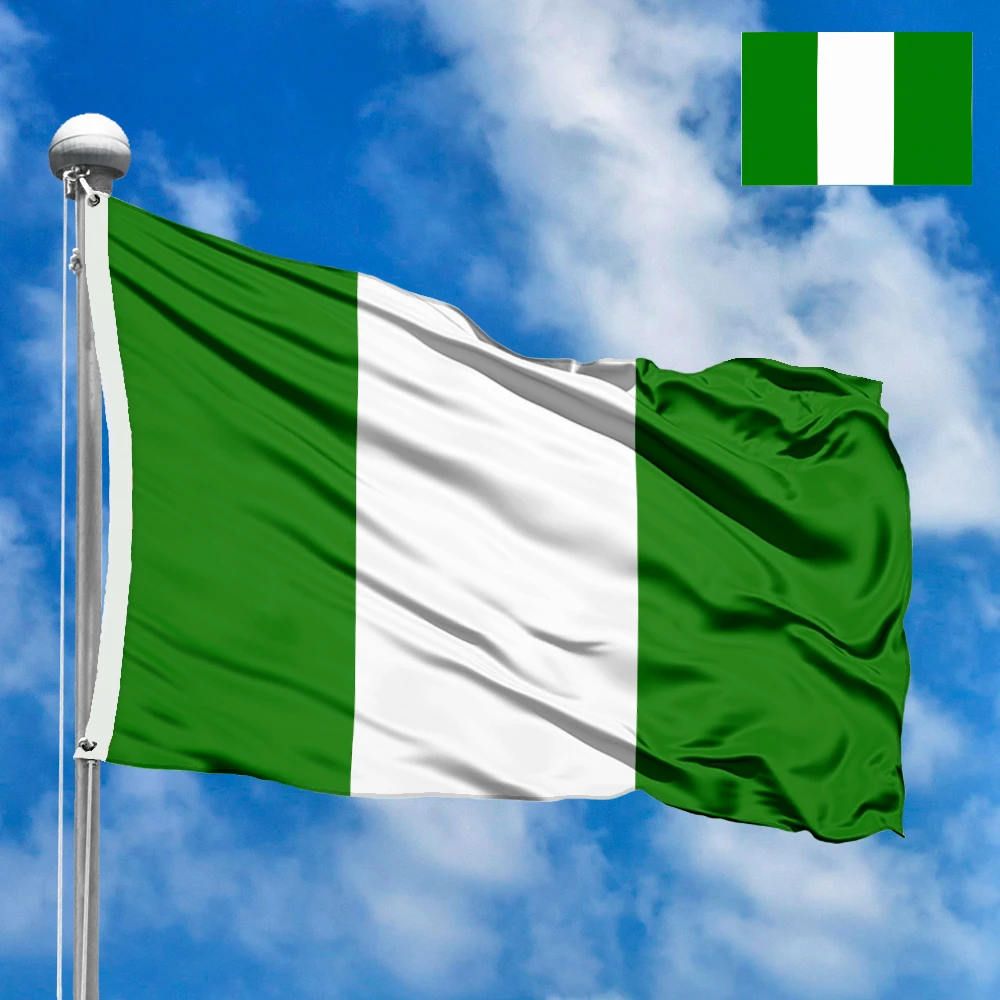



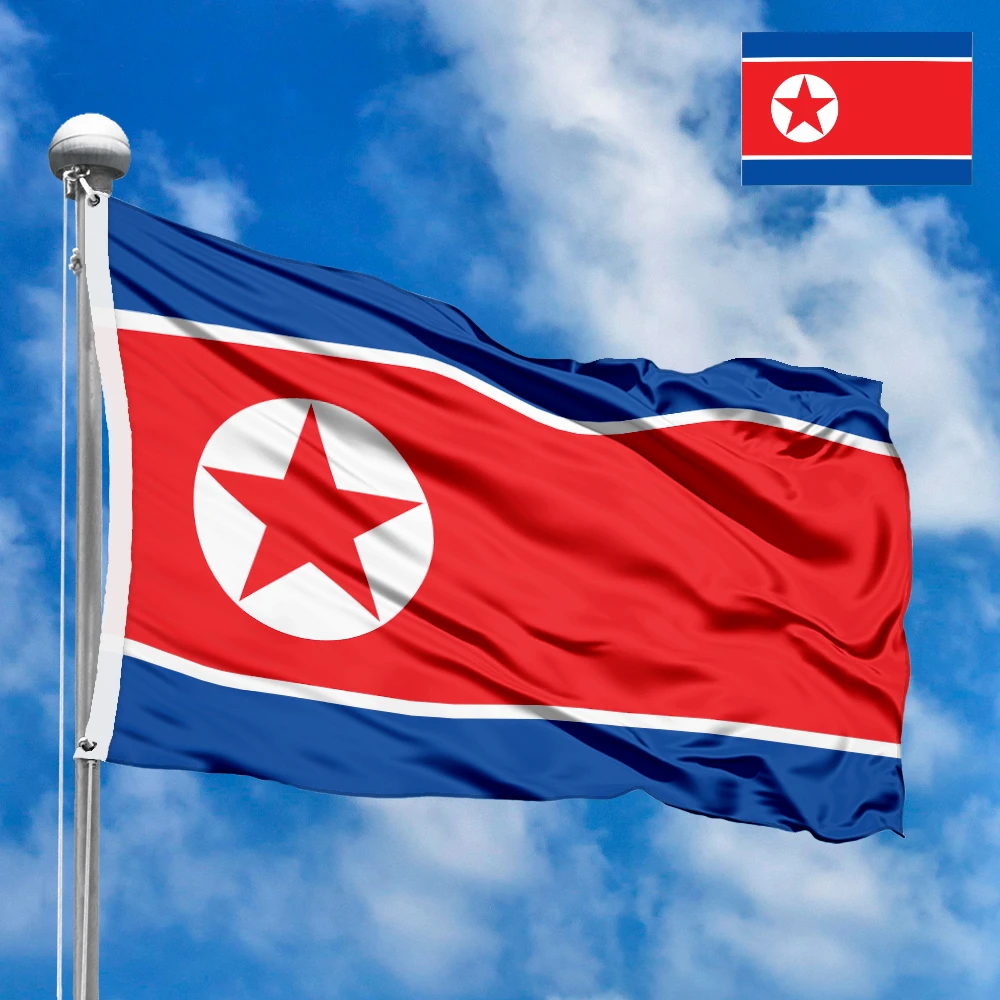















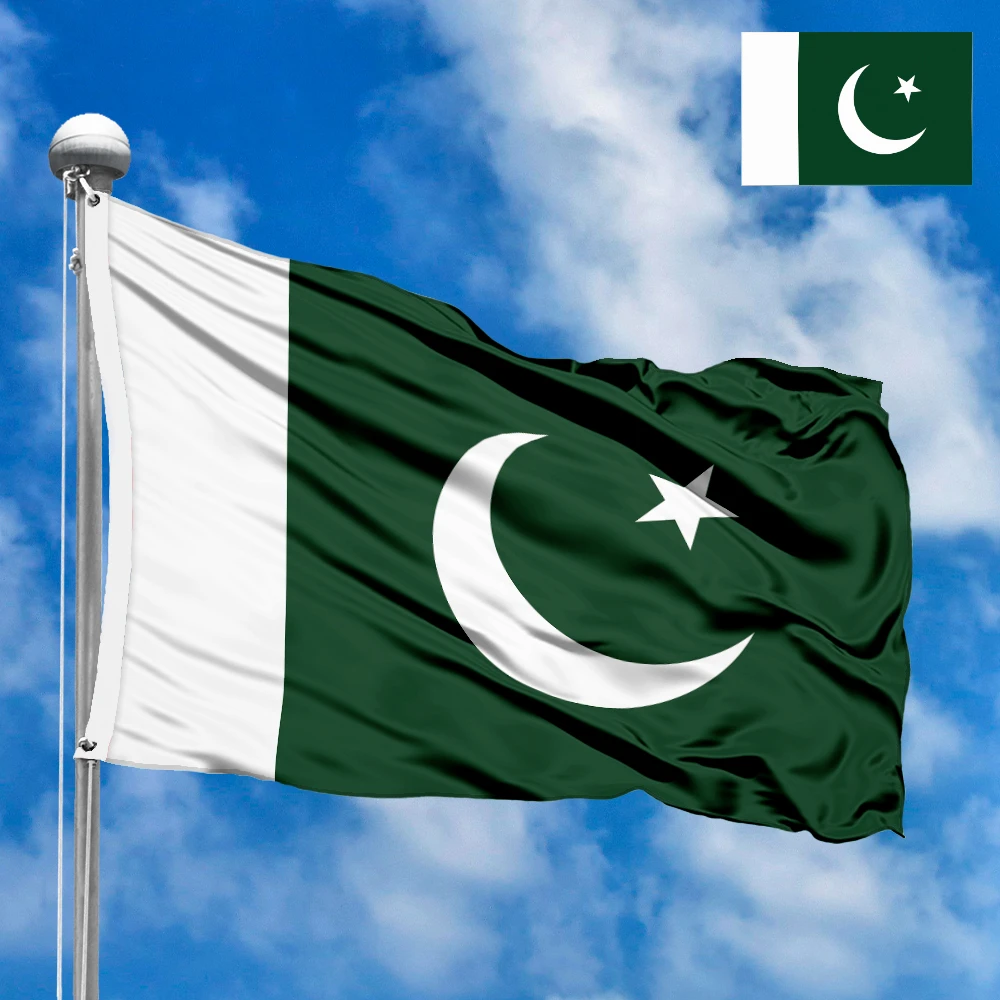



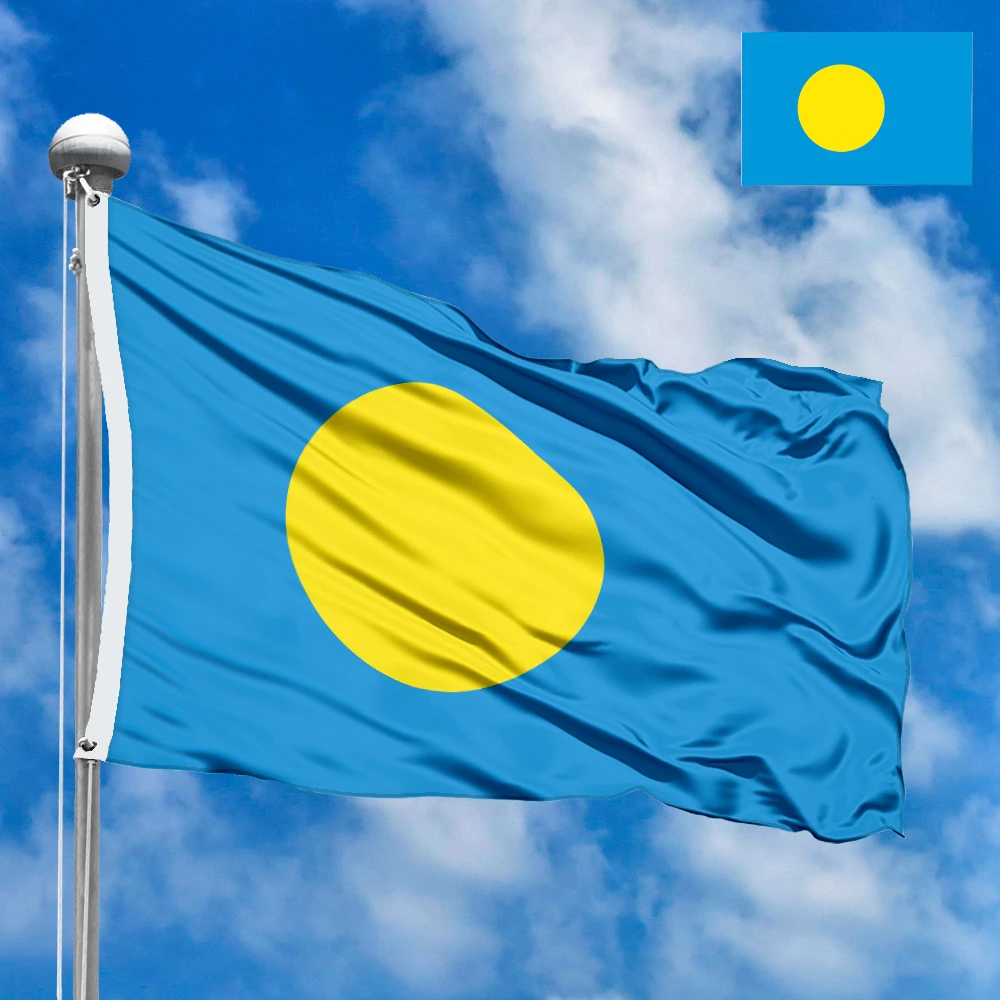



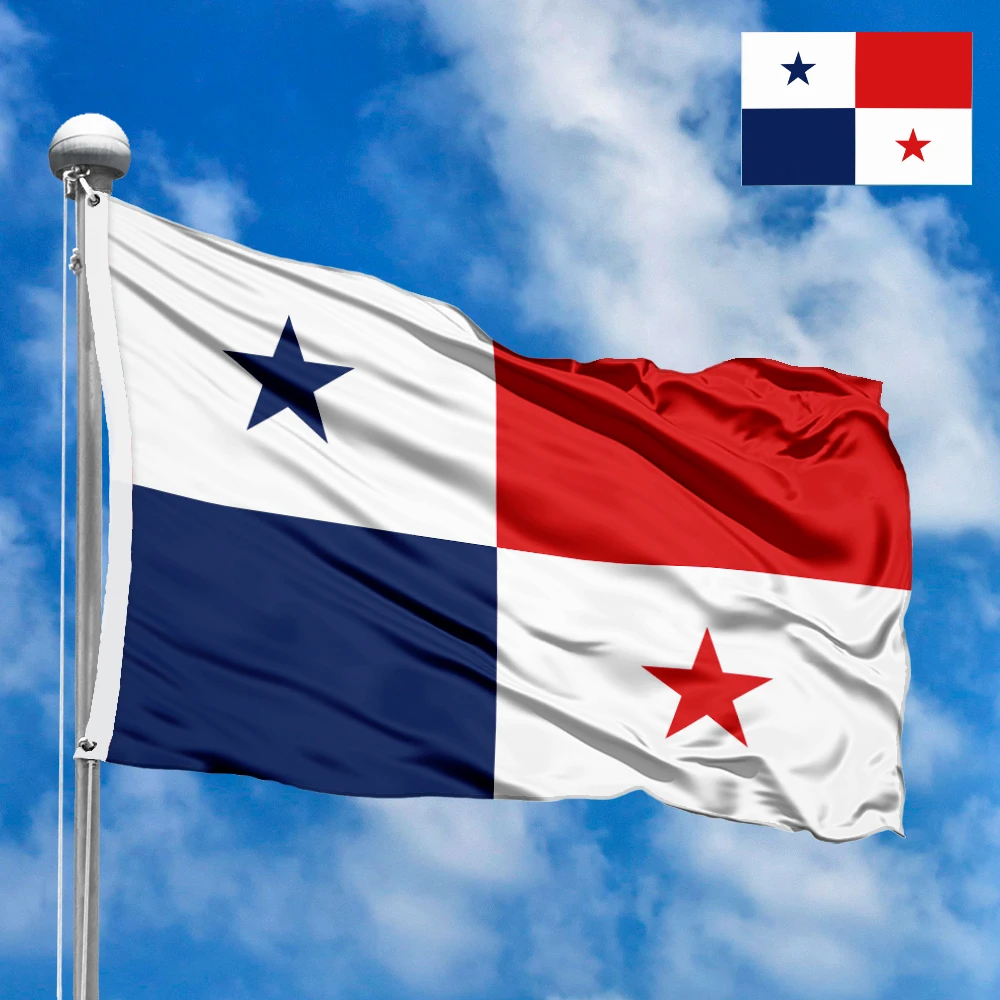




 Flags of Europe
Flags of Europe Flags of Asia
Flags of Asia Flags of Africa
Flags of Africa Flags of North America
Flags of North America Flags of South America
Flags of South America Flags of Australia and Oceania
Flags of Australia and Oceania Flags of Antarctica
Flags of Antarctica Flags of International Organizations
Flags of International Organizations LGBT Community Flags
LGBT Community Flags Historical Flags
Historical Flags Flags of the US States
Flags of the US States Ethnic flags
Ethnic flags